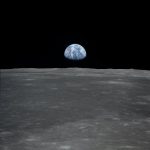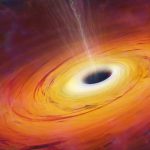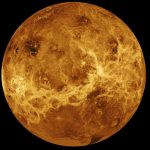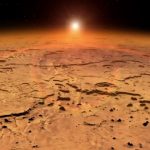Tag: SPACE SCIENCE
Water on the Moon: research unveils its type and abundance – boosting exploration plans
The Moon was for a long time considered to be bone dry, with analyses of returned lunar samples from the Apollo missions showing only...
On What it Means to Offer the Nobel Prize in Physics to Scientists Working...
As the Nobel Prize in Physics is awarded to scientists working on the Black Hole, the article explores the meaning and significance of the same in the contemporary world.
2020 Nobel Prize in physics awarded for work on black holes – an astrophysicist...
Black holes are perhaps the most mysterious objects in nature. They warp space and time in extreme ways and contain a mathematical impossibility, a...
Venus: could it really harbour life? New study springs a surprise
Earth’s sister planet, Venus, has not been regarded as a high priority in the search for life. Its surface temperature of around 450°C is...
The Growing Menace of Space Pollution & the Challenge of Urgent Restoration
Space pollution is one of the greatest problems facing the international community and dire consequences await us if we don’t take urgent steps towards restoring the outer space.
Mars 2020: the hunt for life on the red planet is about to get...
The third vessel will be NASA’s Mars 2020, containing the Perseverance rover, which just took off successfully from Florida. While this rover will be just one of many on the red planet, it is our best bet for finding life there for the time being.
Astronomy Enthusiasts Look Forward to Spotting International Space Station Tonight
International space station will be visible from Ahmedabad, Rajkot and Delhi tonight.
SpaceX reaches for milestone in spaceflight – a private company launches astronauts into orbit
The 2010 shift in American space policy gave SpaceX an opportunity to build on its early successes. By 2014, both SpaceX and Boeing were given contracts from NASA to provide commercial crew launch services.
Revisiting the Pale Blue Dot – Thirty Years Later and from 6.4 Billion Kilometres...
A photograph of the earth taken by NASA spacecraft Voyager – 1 on February 14, 1990 became popular as ‘the pale blue dot’. This is an interesting discovery for the whole of the science community.

















